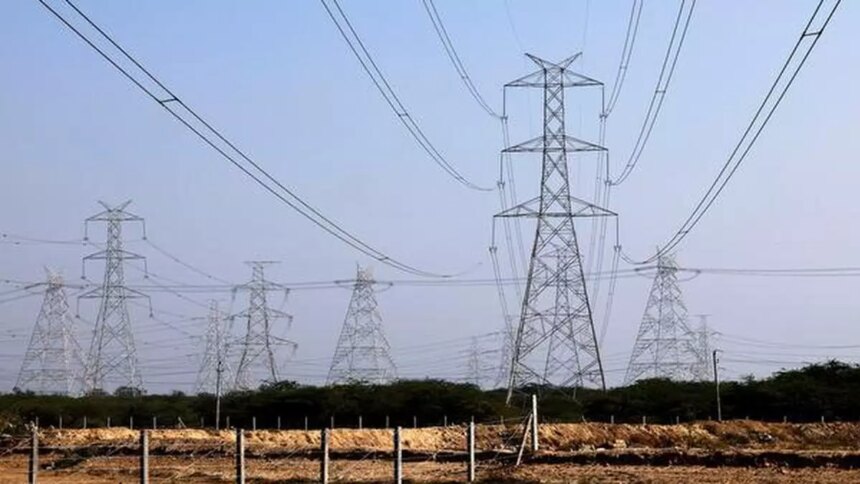As North India continues to experience a cold wave, Delhi’s peak power demand reached 5,213 megawatts (MW) late Tuesday morning, marking the first time in December that demand exceeded 5,000 MW. On the previous day, the peak demand was recorded at 5,046 MW. Historically, the highest peak for December in Delhi was 4,884 MW in 2023 and 4,964 MW in 2022.
Delhi’s power distribution companies—BSES Rajdhani Power (BRPL), BSES Yamuna Power (BYPL), and Tata Power Delhi Distribution (Tata Power-DDL)—reported significant demand figures on Tuesday, the final day of the 2024 calendar year. Specifically, BRPL met a peak winter demand of 2,194 MW, BYPL met 1,038 MW, and Tata Power DDL serviced a demand of 1,646 MW.
According to sources at the State Load Dispatch Centre (SLDC), January is anticipated to bring continued low temperatures due to the ongoing cold wave, which is likely to increase heating demand in the national capital. Predictions suggest that peak power demand this winter could exceed 6,300 MW, surpassing last winter’s peak of 5,816 MW.
Power consumption in Delhi has been steadily rising, aligning with expectations that winter months may follow the record-breaking peaks seen during summer. During the intense summer heat, demand reached an unprecedented 8,656 MW.
On January 1, 2024, Delhi experienced a peak power demand of 5,134 MW in the late morning, the highest figure recorded for that day since 2021. BSES has made significant strides towards sustainability by securing over 2,000 MW of renewable energy, including 840 MW from solar, 546 MW from hydro, 500 MW from wind, 40 MW from waste-to-energy projects, and over 180 MW from rooftop solar panels throughout Delhi.
To ensure a reliable power supply, BSES Discoms are employing strategies such as “Banking,” utilizing the “Power Exchange,” and maintaining “Spinning Reserves.” They are also ready to procure short-term power from the exchange in the event of unexpected demand spikes. Enhanced load forecasting techniques will contribute to reliable service by enabling accurate predictions of power needs.
A spokesperson for Tata Power DDL confirmed that the company has taken necessary precautions for the winter months by reinforcing its electricity distribution network and carrying out preventive and condition-based maintenance on critical infrastructure. Additional personnel have been deployed at strategic points within the distribution framework, and call center staff have been alerted to facilitate quicker resolution of inquiries by coordinating with on-ground teams.
BRPL and BYPL together serve around 5 million customers and nearly 20 million residents across South, West, East, and Central Delhi, while Tata Power DDL caters to approximately 1.9 million customers and 7 million residents in North Delhi.










